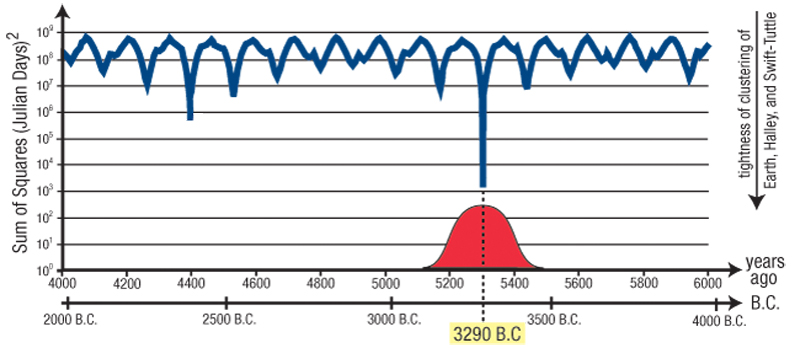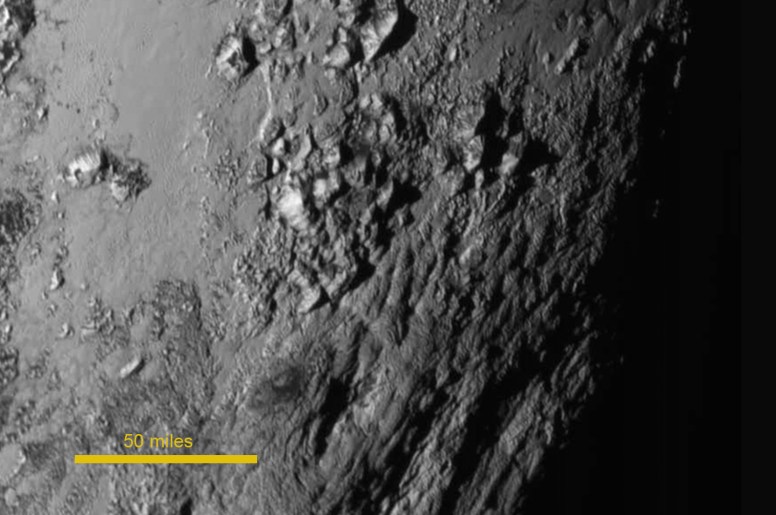Global flood astronomical date range
NOTE: (reprinted with permission from the author from CreationScienceHallofFame.org)

NOTE: (reprinted with permission from the author from CreationScienceHallofFame.org)

The following article is reprinted with the author’s permission posted by Terry A. Hurlbut on November 4, 2016 at the Creation Science Hall of Fame, http://creationsciencehalloffame.org/2016/11/04/astronomy-2/space/pluto-new-horizons-review/. The reader is directed to the Creation Science Hall of Fame web site for additional videos related to this article.
On 27 October 2016, controllers for the New Horizons deep-space mission achieved a milestone. They got back the last data from their spacecraft’s flyby of the dwarf planet Pluto. Alice Bowman, head of the mission team, said the team would first verify the data. They then will order New Horizons to erase its memories. New Horizons must do this ahead of a planned rendezvous with another Kuiper Belt object (2014 MU69). It will make this flyby on or about 1 January 2019).
New Horizons flew past Pluto on 15 July 2015. Now NASA and the Johns Hopkins University Applied Physics Laboratory (JHUAPL) have all the data it gathered in that passage. So now would be a good time to review what New Horizons found, and what it means. In fact, the Pluto findings mean a great deal, not only for Pluto, but also for Earth.
New Horizons flew toward a body everyone thought was 4.6 billion years old, like the rest of the solar system. So the mission team expected to find signs of great age. Instead they found signs, not of age, but of youth. They also found or confirmed several things they still cannot explain.
One of the first articles from JHUAPL discussed the first shocking findings:

Fig.1:, showing mountains rising to 3500 feet above mean ground, and standing out in stark relief. Source: NASA/JHUAPL/SwRI